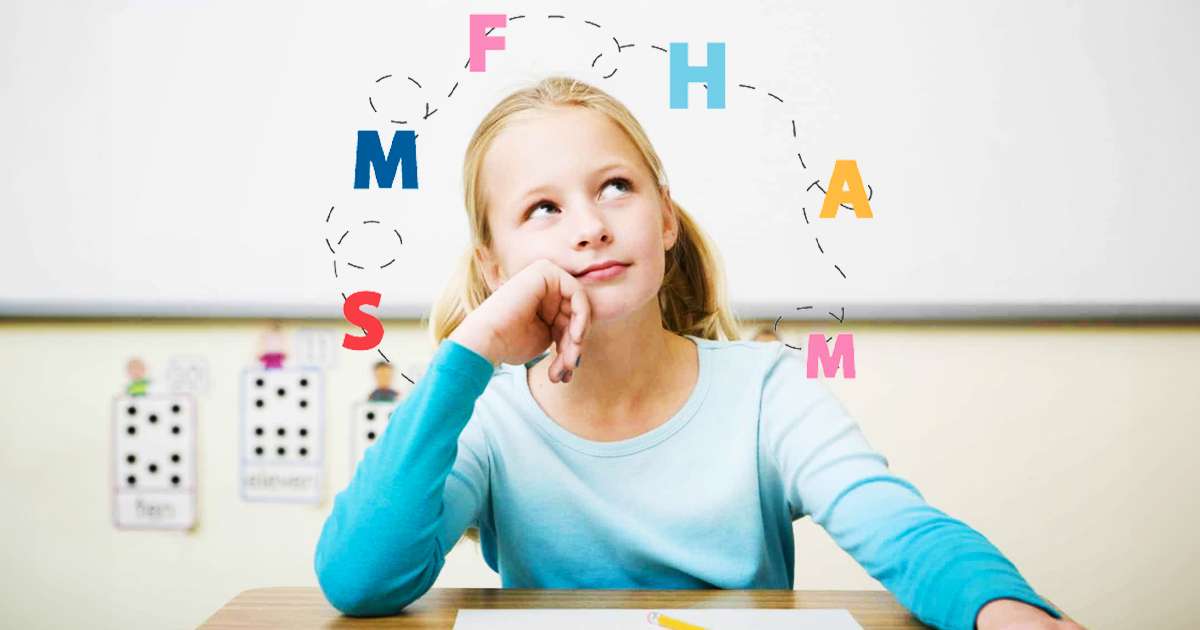Teaching Methods for Dyslexia: Unveiling Holistic Strategies

Dyslexia, a distinctive learning challenge, significantly impacts one’s ability to read and spell accurately and fluently. It’s important to note that these challenges stem from variations in how the brain processes information rather than from a lack of intelligence. The manifestations of dyslexia differ widely among individuals. Primarily, it affects the advancement of language and literacy skills. Dyslexic students encounter obstacles related to phonological processing, working memory, and processing speed. Therefore, specific teaching methods for dyslexia are necessary for better support.
Tested and Proven Dyslexia Teaching Strategies
Numerous dyslexia teaching methods are used to help dyslexic students learn. Below are some examples:
Structured Literacy
This intentional instructional approach incorporates strategies like rhythmically clapping out syllables, aiding children in effectively breaking down words into their elemental parts or phonemes. It emphasizes linking sounds to their corresponding symbols (letters) through both visual (reading) and auditory (spelling) methods. The methodology follows a structured and progressive learning sequence, ensuring that lessons intricately interconnect and advance in a logical, step-by-step manner.
Collaborative Classroom
Establishing a nurturing and cooperative classroom environment begins by fostering individual connections with each learner while also encouraging mutual understanding among the students. This approach cultivates a setting where learners feel at ease exploring diverse approaches to tasks and confidently seeking support when needed.
The Orton–Gillingham Method
A widely embraced approach, long employed to instruct dyslexic children in reading, centers on linking letters to their corresponding sounds. This method empowers children to imbue language with deeper significance, fostering enhanced overall comprehension. Additionally, it adopts a multisensory strategy, harmonizing sight, sound, touch, and movement to collectively reinforce word learning.
Multisensory Activities
Employ a diverse range of sensory engagements and exercises to offer learners multiple pathways for making connections and grasping concepts. Incorporate an array of sensory tools, such as flashcards, puppets, narrative videos, and tangible objects, within the classroom setting. When learners engage multiple senses simultaneously, their brains are activated through various avenues. These multifaceted activities encompass a blend of reading, listening, observing, tactile interaction with objects, physical movement within the space, and employing gestures to enhance learning.
Be More Compassionate
Approaching a child grappling with dyslexia necessitates a compassionate stance, given the known impact of this condition on a child’s self-esteem, confidence, and mental well-being. Whatever approach you adopt, it’s crucial to be mindful of nurturing the child’s sense of self-value. Offer frequent praise for their diligent efforts, avoid spotlighting them in front of peers, and provide opportunities for them to respond to questions openly, fostering a supportive environment.
Utilize L-Shaped Cards
Provide L-shaped markers that learners can utilize to section off parts of textbook pages, aiding in directing their focus. Encourage the use of a simple piece of paper to gradually reveal one line at a time while reading texts. These techniques are universally beneficial for all learners, especially when imparting reading skills.
Try CCQ
Employ concept-checking queries (CCQs) to gauge your learners’ comprehension of newly introduced vocabulary or grammar. These questions offer a more thorough understanding than a simple ‘Do you understand?’ For instance, exploring the adjective ‘quick’ could involve queries like ‘What examples can you think of that are quick?’ or ‘What’s the opposite of quick?’ Additionally, you might inquire, ‘Do you think snails are quick?’ Utilizing visuals of objects or employing gestures further aids in assessing your learners’ grasp of the concepts.
Ongoing Assessment
Keep in mind that assessment is a continual process and not the conclusion of learning. When returning assignments for correction, ensure to review the revised versions and provide feedback on these as well. Learners facing challenges related to dyslexia often contend with reduced confidence levels, so it’s crucial to integrate positive feedback to motivate and bolster their self-esteem. This approach, promoting encouragement and confidence-building, is essential for all your learners’ growth and development.
Recap and Review
Provide abundant chances for learners to revisit and reinforce language, particularly focusing on the vocabulary outlined for exams. Employ a diverse range of methods to aid learners in memorizing new words. Encourage techniques such as drawing, musical associations or rhythm, physical movement, gestures, and visualization exercises to solidify their vocabulary retention.
What causes dyslexia?
Traditionally, scientists linked learning challenges to specific brain regions. However, recent research from Cambridge Brain Sciences presents a contrasting perspective.
The study reveals that learning difficulties aren’t attributed to particular brain areas but rather to weaker connections between diverse brain regions. These findings illustrate the brain’s structure as a network of hubs, akin to a complex transit system or social network. Children with well-connected hubs exhibited either specific challenges, such as listening difficulties, or no cognitive issues, while those with poorly connected hubs faced widespread and severe cognitive hurdles.
The insights from Cambridge Brain Sciences’ research enrich our comprehension of the brain’s operations, particularly about its network of hubs and connections. At the heart of the Brain Balance program lies the emphasis on enhancing brain connectivity. This approach enables us to tackle the root cause—variances in brain connectivity—rather than merely alleviating the symptoms experienced by these children.
Promoting enhanced brain connectivity stands as a pivotal step in augmenting focus, cognition, and learning capabilities, ultimately enabling children to achieve heightened success both within the classroom and in broader aspects of their lives.
Find the Right Teaching Methods for Dyslexia
To revolutionize the learning experience for individuals facing dyslexia, it’s time to embrace a holistic approach. By integrating tailored teaching methodologies, we can nurture not just academic growth but also bolster self-esteem. Understanding the neural intricacies through research and leveraging brain connectivity enhancement methods, like those pioneered by programs such as Brain Balance, allows us to empower these learners, unlocking their potential to thrive both in the classroom and beyond. Join us in championing inclusive education, where each individual’s unique strengths are harnessed, ensuring every mind finds its path to success.

